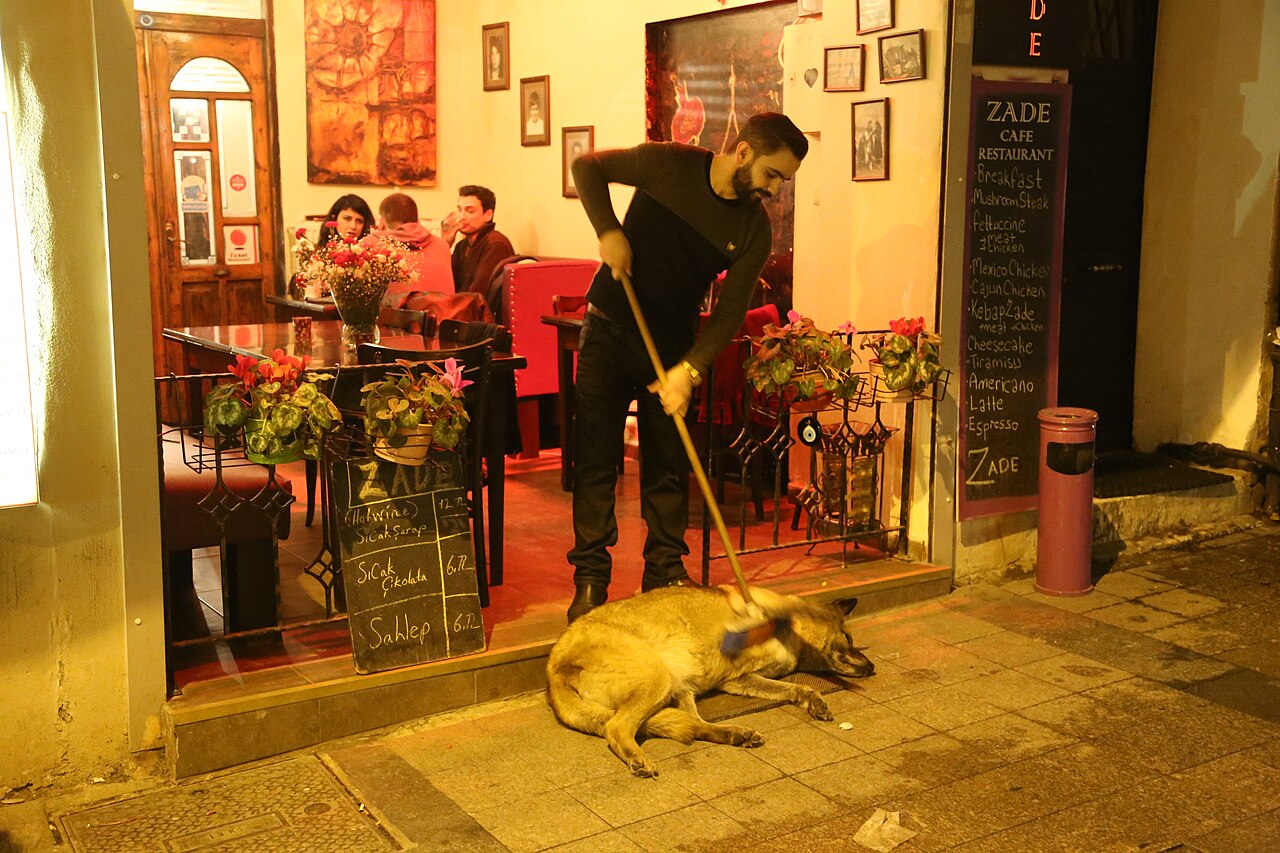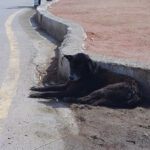Dog Phobia Shapes Stray Dog Policy in Türkiye, National Study Finds
Fear levels strongly linked to attitudes toward catch–neuter–release vs. sheltering
Researchers urge policymakers to integrate psychological insights into animal welfare strategies
In Türkiye, a nationwide survey has revealed that the severity of dog phobia among citizens is a major determinant in shaping their opinions on how stray dogs should be managed. The research, published in Frontiers in Veterinary Science, involved more than 1,300 adults from all seven of Türkiye’s geographical regions and offers new insight into the intersection of psychology, public safety, and animal welfare.
Dog phobia, a recognised anxiety disorder, was found to be strikingly common. Nearly seventy percent of respondents reported at least mild fear of dogs, and almost six percent described it as severe or very severe. People without pets or without experience caring for stray animals were significantly more likely to be phobic, and a history of being bitten or attacked by a dog doubled the odds of having the condition. Older adults, however, were far less likely to exhibit such fears compared to younger people.
These fear levels strongly influenced participants’ preferred policy measures. While there was near-unanimous support for vaccinating all dogs against rabies, those with greater phobia tended to reject the catch–neuter–release approach, favouring permanent sheltering after sterilisation instead. Non‑phobic respondents were more inclined to allow vaccinated, neutered dogs to return to the streets.
The authors argue that successful stray dog management requires more than veterinary science and disease control measures; it must also address the psychological dimensions of public perception. Early-life exposure to safe, positive interactions with dogs could, they suggest, help reduce fear and lead to more balanced policy support.
By framing public safety concerns alongside compassion for animals, this study highlights a complex policy space—one where emotions and experience shape the path between humane welfare and community protection.







